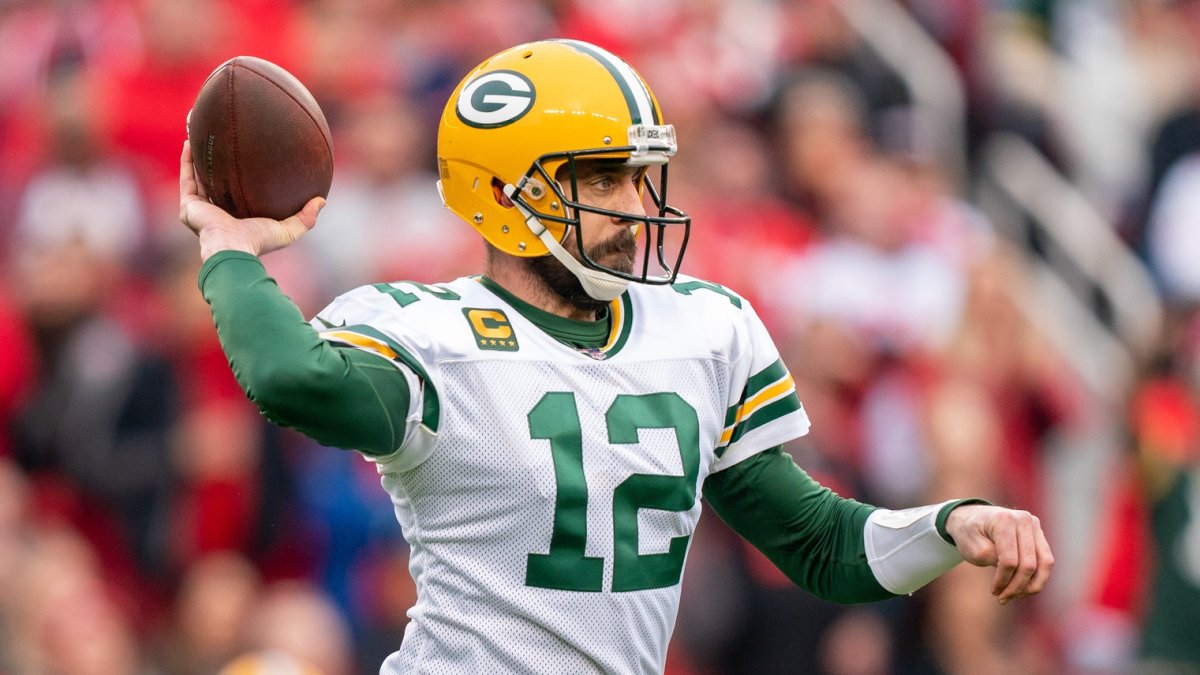The Green Bay Packers' offseason has been a source of confusion for many, including their own superstar quarterback Aaron Rodgers, who was admittedly surprised by the team's selection of a quarterback in the first round of the 2020 NFL Draft.
Rodgers, like most people, expected the Packers to invest in the wide receiver position to help him climb back to the top of the quarterback mountain where he once sat. Instead, they have moved conclusively in a different direction.
Setting Green Bay's decision to draft Jordan Love aside for a moment, the team's subsequent draft picks all spoke to a change in offensive philosophy, as well. From taking a bruising power-back in A.J. Dillon in the second round to an H-back style of tight end in the third, this was a team whose draft spoke to a shift in offensive approach toward more of a run-focused plan of attack.
The Packers' scheme is from the same family (or tree) as the one that stomped all over them in the NFC championship game back in January. It's easy to see why this team might have looked across the field with envy at what they believe their offense should look like, but things are always more complicated than that.
Fundamentally, the Packers are going to be taking the ball out of Rodgers' hands more in 2020 than they have over the past few seasons, but is this a good or a bad thing? Logically, in a pass-happy league, minimizing the influence of the quarterback — particularly one with as much talent as Rodgers — doesn't seem like a great idea, but there are multiple ways to succeed offensively, even if some are better starting points than others.



 © 2024 PFF - all rights reserved.
© 2024 PFF - all rights reserved.